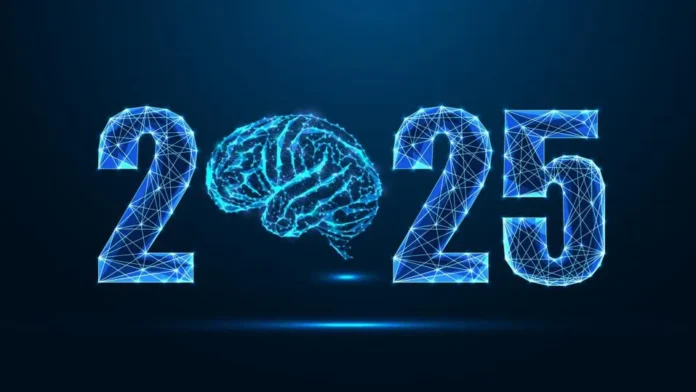Android 16 Features Are Crazy: Full AI Control Revolutionizing Smartphones
The tech world is abuzz with excitement as the first developer preview of Android 16 unveils its game-changing features. From groundbreaking AI capabilities to improved user interfaces, Android 16 promises to redefine the smartphone experience. Whether you’re a casual user or a tech enthusiast, these updates will enhance functionality and efficiency on your mobile device.
Here’s an in-depth look at the top features of Android 16, why they matter, and how they might transform your device.
Key Features of Android 16
1. Full-Fledged Desktop Mode
Android 16 is taking productivity to a new level with its desktop mode. Using a USB-C connection, users can:
- Attach external displays.
- Connect a mouse and keyboard.
- Transform their smartphones into a mini computer.
This feature is ideal for professionals looking to reduce dependency on laptops. Picture yourself connecting your phone to a monitor at work, completing tasks, and then detaching it to continue on the go.
2. Multi-Window Functionality
Android 16 brings multi-window support to tablets and foldable devices, mimicking desktop environments. Users can open and resize multiple app windows simultaneously, making multitasking seamless and efficient.
3. AI-Enhanced Notifications
Google has integrated AI into notifications to minimize disturbances:
- Cool Down Notifications: After the first notification sound, subsequent sounds are gradually reduced for a single app, preventing repetitive interruptions.
- Unified Notification Handling: Notifications across devices will now sync. If you’ve seen a notification on one device, it won’t reappear on others.
This synchronization ensures a smoother, more organized experience, especially for those managing multiple Android devices.
4. Privacy and Security Upgrades
Privacy remains a cornerstone of Android updates, and version 16 is no exception. Enhancements include:
- Stricter website access protocols via Google Chrome.
- Features that prevent opening potentially harmful links.
- Improved device encryption to protect personal data.
These changes aim to safeguard sensitive information, giving users peace of mind.
5. Customizable Do Not Disturb (DND) Modes
Android 16 introduces location-based and context-sensitive DND settings. Users can:
- Create specific DND modes for work, home, or school.
- Customize who can contact them based on the active mode.
For instance, during work hours, only colleagues can call, while at home, family members take priority.
6. Always-On Display Enhancements
The Always-On Display receives significant updates, including:
- Integration with Google Assistant.
- Automated responses in your native language.
Imagine telling your phone to send birthday greetings at a specific time or to schedule meetings without unlocking the screen. Android 16’s AI is designed to simplify such tasks.
Smarter AI Features
Google is focusing heavily on AI integration in Android 16:
- Personalized suggestions based on user behavior.
- Voice-controlled automation for tasks like setting reminders or sending messages.
- Enhanced assistant capabilities to handle complex queries seamlessly.
Small but Significant UI Changes
While most interface changes will vary by device manufacturer, some general updates include:
- A redesigned center home button for quick access to search or the default assistant.
- Customizable triggers for wallpapers and settings, based on location or time.
Why This Update Matters
Android 16 is not just about adding features; it’s about enhancing usability and security. Its AI-driven updates aim to make smartphones smarter, empowering users to do more with less effort.
Will Your Device Get Android 16?
Many manufacturers have committed to supporting updates for recent models. Devices running Android 15 are expected to receive Android 16. Check with your device manufacturer to confirm.
Final Thoughts: The Future of Android Is Here
With its revolutionary AI features and enhanced functionality, Android 16 is set to change the way we use smartphones. From productivity tools like desktop mode to AI-enhanced notifications, this update makes life easier, safer, and more connected.
For more updates on Android 16 and other tech innovations, visit Imran.xyz.










